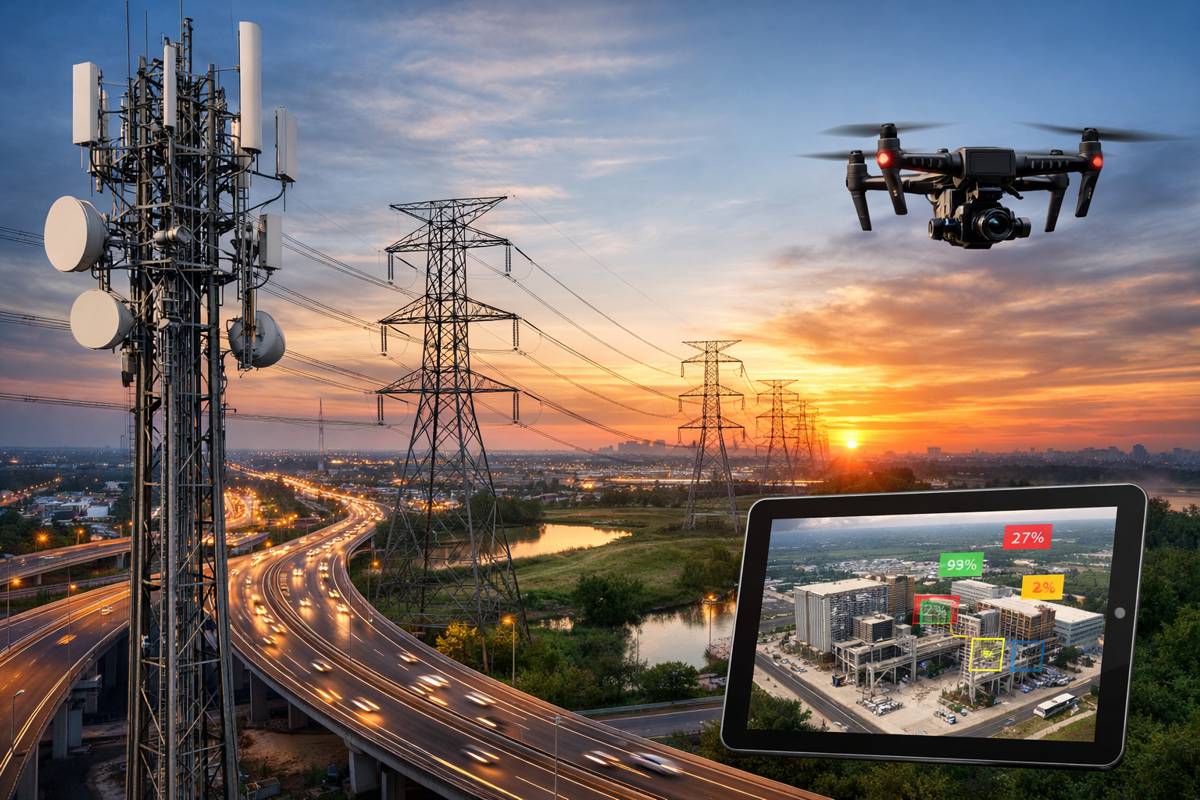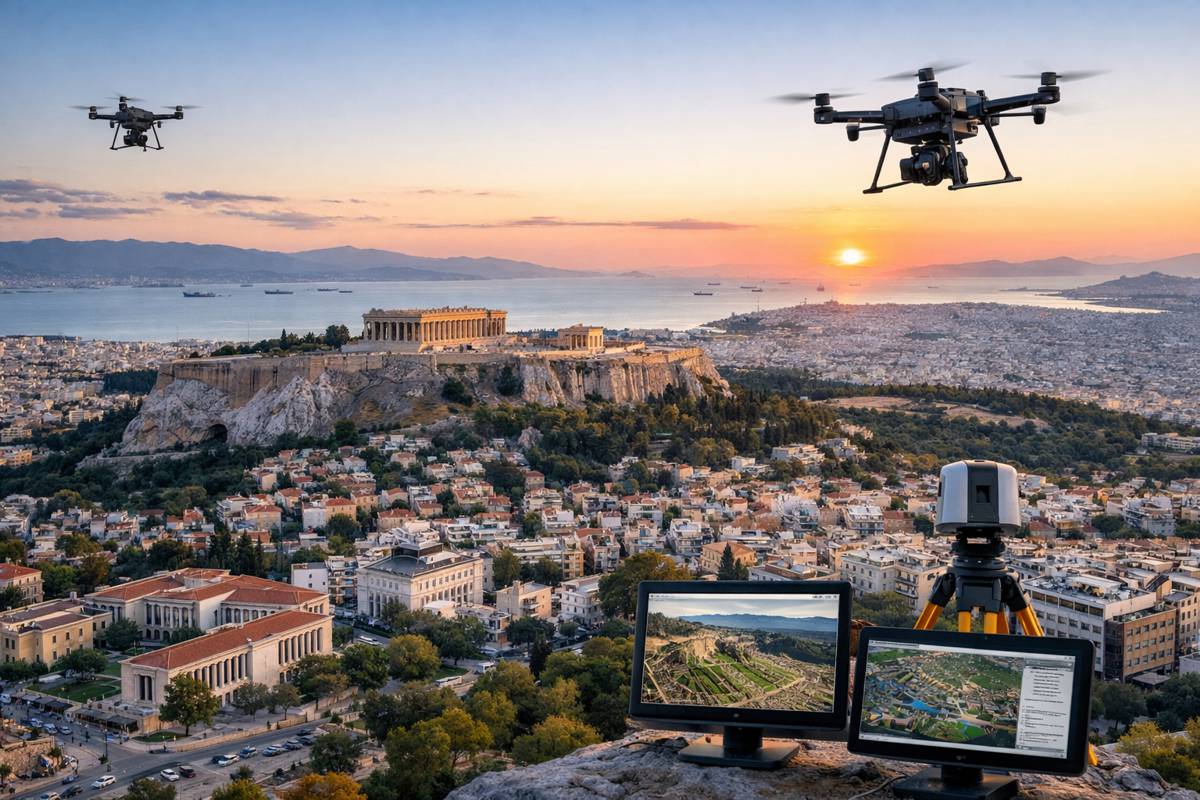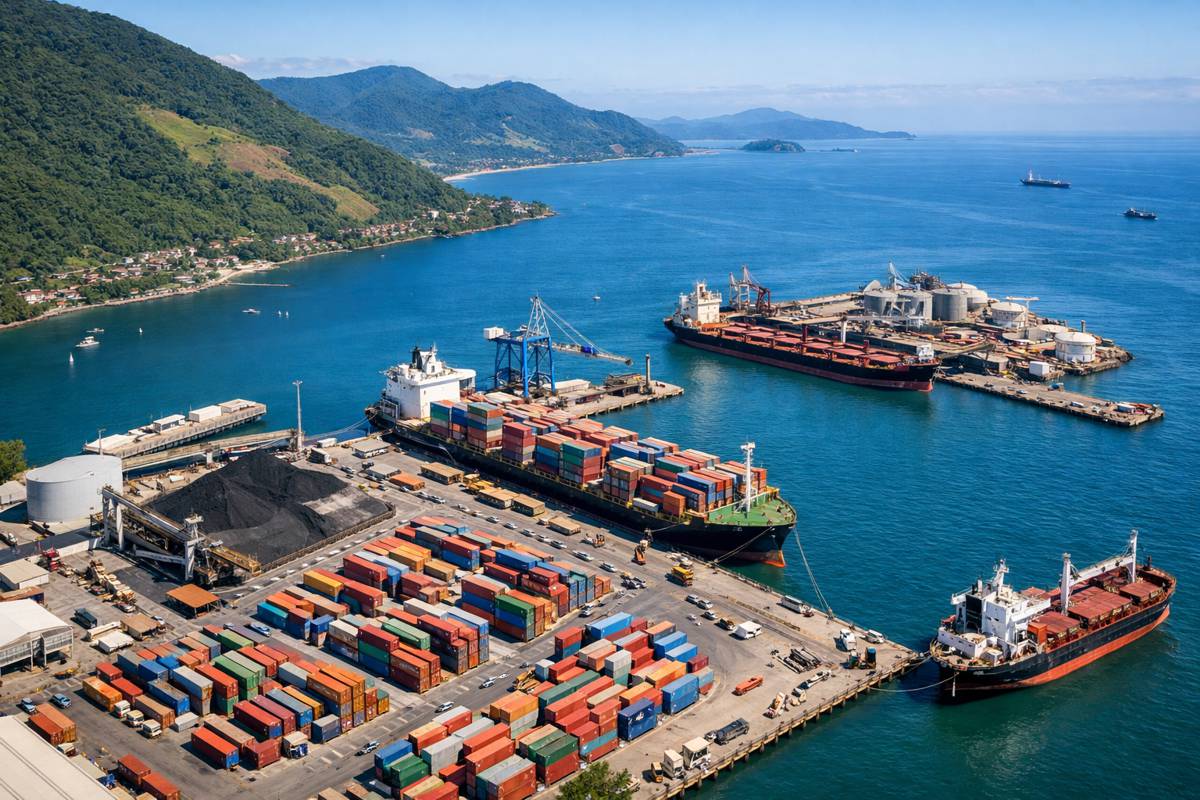The AI Revolution in Weather Forecasting
Artificial intelligence (AI) is rapidly reshaping the way we understand and predict weather events, from hurricanes and heatwaves to prolonged droughts.
As researchers at the University of Miami and other leading institutions dive deeper into this technological revolution, the potential for more accurate and timely forecasts is growing—but so are the challenges.
From Childhood Curiosity to AI Innovation
For Michael Scott Fischer, an assistant professor at the University of Miami Rosenstiel School of Marine, Atmospheric, and Earth Science, the journey into weather forecasting began early. As a young boy growing up in southern Miami-Dade County, he watched his home undergo extensive repairs following the devastation of Hurricane Andrew. Those formative years, witnessing the powerful destruction caused by natural disasters, ignited a lifelong passion for understanding storms.
Today, Fischer is on the cutting edge of using AI to predict and analyse hurricane behaviour, particularly focusing on why some storms rapidly intensify. By combining current storm data with historical measurements—ranging from wind speeds to satellite readings—Fischer is developing AI models that provide unprecedented insights into hurricane dynamics.
“I use a variety of observational data sets and data science methods to identify commonalities among subsets of storms that have undergone rapid intensification,” he explains. This approach, Fischer believes, could vastly improve how we predict tropical cyclones, ultimately saving lives and protecting infrastructure.
AI’s Role in Refining Radar Data and Beyond
Fischer’s work extends beyond merely predicting storm paths. He’s currently engaged in a study funded by the National Oceanic and Atmospheric Administration (NOAA) aimed at improving the quality of radar observations collected by hurricane hunter aircraft. The challenge? Separating valuable meteorological data from the noise and artefacts often captured by radar systems. With the help of machine learning techniques, Fischer and his team are developing tools that can efficiently sort through this data, achieving results in minutes that would otherwise take human analysts hours.
“The AI can quality control radar data much faster than a human,” says Fischer. The ultimate goal of this research is to produce cleaner, more accurate data that can feed into forecasting models, making them even more reliable. Fischer is also exploring ways to construct three-dimensional structures of active hurricanes using satellite data, reducing the need for aircraft to fly directly into these dangerous systems. This approach could be particularly beneficial in regions where aircraft observations are rare or non-existent.
Faster and More Accurate Forecasts
The appeal of AI in weather forecasting lies in its speed and precision. Traditional weather prediction models, often run on powerful supercomputers, take time to generate results. AI, on the other hand, can produce predictions much faster, making it possible to forecast weather patterns in real time. For instance, Google DeepMind’s AI model, GraphCast, recently demonstrated its prowess by accurately predicting Hurricane Beryl’s landfall location, outperforming some of the world’s top numerical weather models.
Fischer notes that models like Pangu-Weather are consistently showing smaller forecast track errors when compared to traditional approaches, especially over longer lead times. “These models are proving to be remarkably accurate,” he points out, highlighting their potential not only to improve hurricane forecasts but also to offer significant benefits for communities in resource-limited settings where traditional forecasting infrastructure is lacking.
Overcoming the Challenges of AI in Weather Forecasting
Despite these advances, Fischer is quick to point out the hurdles that remain in integrating AI into weather forecasting. One major challenge is the need for vast amounts of historical data to train AI models effectively. The process demands significant computing power, often requiring supercomputers to handle the immense volumes of data involved. Once trained, however, these models can run efficiently on much smaller devices, such as laptops, making the technology more accessible.
Another critical issue is communication. Accurate forecasts are only useful if the information reaches those who need it most. In many poorer regions, even the best AI predictions might not translate into practical benefits if communities are not informed promptly or clearly. “Public dissemination and communication of these forecasts is critical,” Fischer stresses. This means ensuring that forecasts are accessible and understandable, especially for vulnerable populations who may not have the resources to interpret complex data.
AI Won’t Replace Meteorologists Anytime Soon
While AI continues to impress with its speed and accuracy, Fischer and other experts agree that it will not render human meteorologists obsolete. Instead, AI is seen as an additional tool in the broader forecasting toolkit. “AI could have the perfect forecast of what’s going to happen, but if that forecast is not easily interpretable, humans will still be needed to convey the threat to residents in the path of a storm,” Fischer explains. This includes providing guidance on evacuation routes, safety measures, and other critical information that AI alone cannot deliver effectively.
The balance between machine efficiency and human intuition is key. As AI models become more sophisticated, the role of meteorologists will continue to evolve, focusing on interpreting data, providing context, and ensuring that communities are prepared for whatever the weather might throw at them.
A Brighter Future for Weather Forecasting
The integration of AI into weather forecasting is ushering in a new era of precision and speed, offering the potential to mitigate the impacts of some of the world’s most devastating natural disasters. From enhancing hurricane predictions to providing critical data in under-served regions, the technology holds immense promise. However, the human element remains crucial in translating these advancements into actionable insights that protect lives and property.
With continued research, collaboration, and innovation, the future of weather forecasting looks brighter—and more intelligent—than ever before.




















